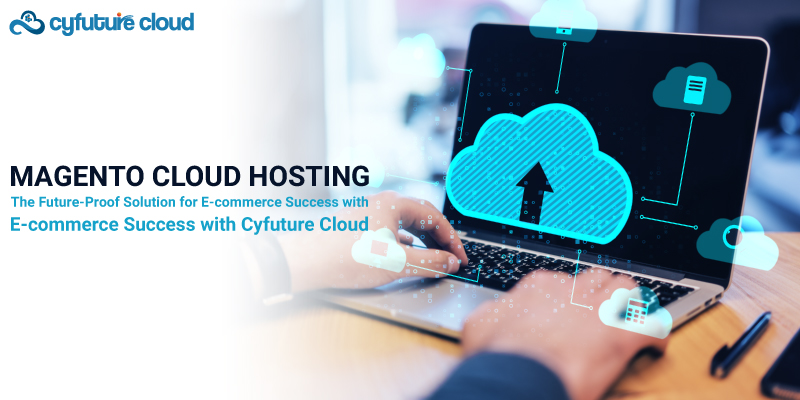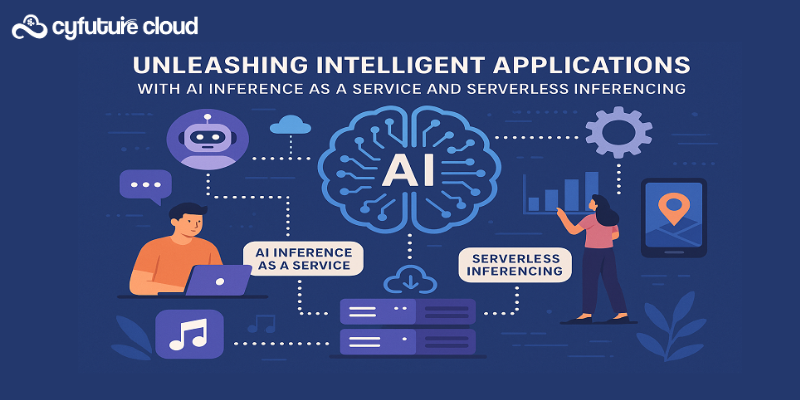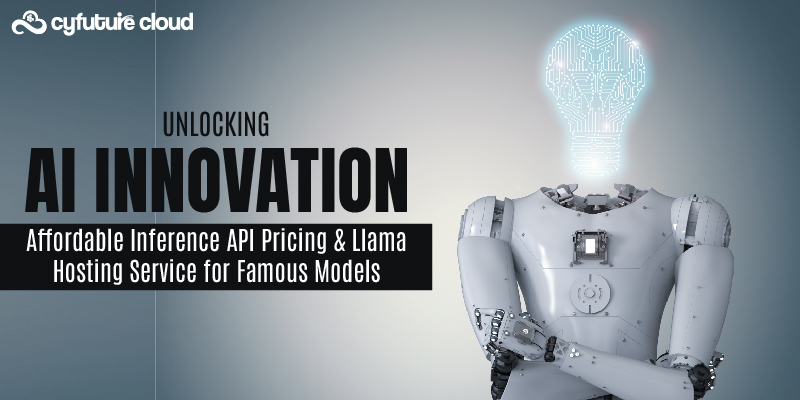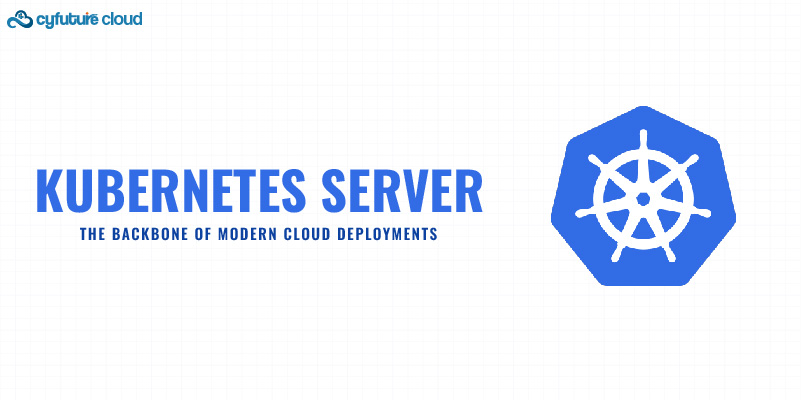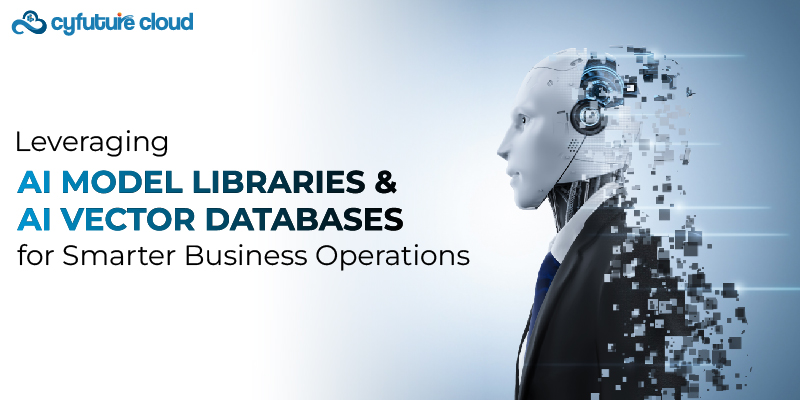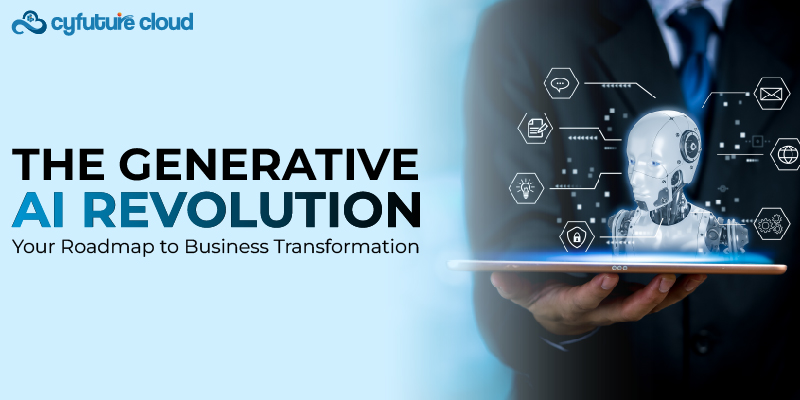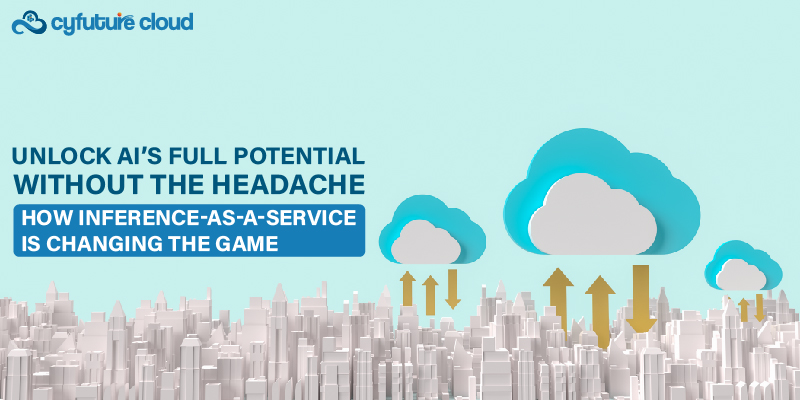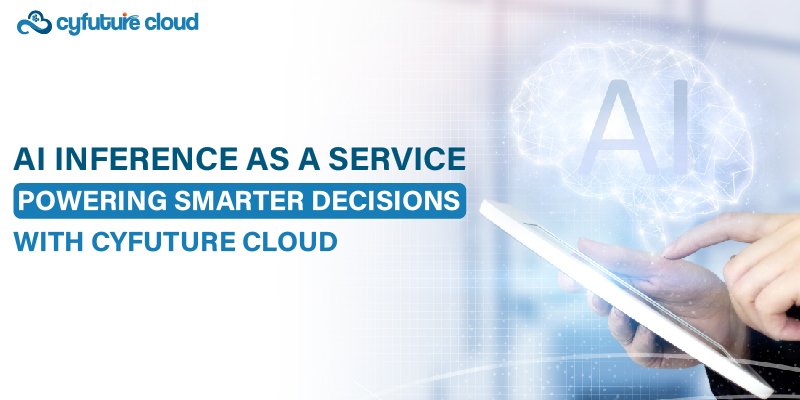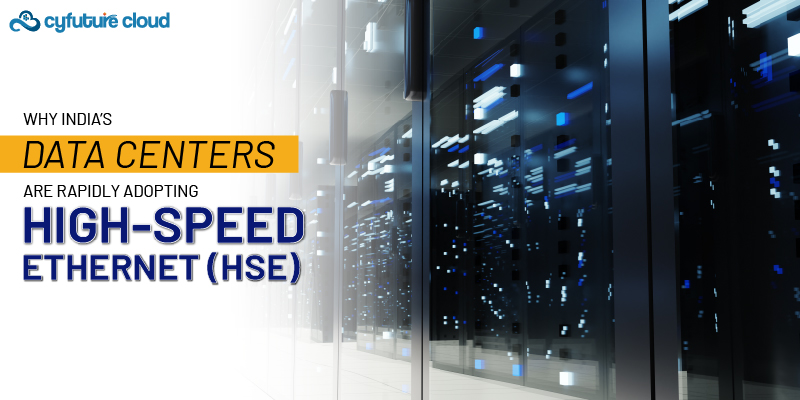Table of Contents
- What is Cloud Computing?
- Cloud computing services available in India
- What are some illustrations of cloud computing?
- What does “cloud computing” mean exactly?
- How significant is a cloud?
- Infrastructure as a Service: What is it?
- Platform as a Service: What is it?
- Software as a Service: What is it?
- What is computing on several clouds?
- What advantages does cloud computing offer?
- What are cloud computing’s benefits and drawbacks?
- What is the cloud computing industry’s future?
Whether you are starting your very own business or looking for a less cost computing service for your old one- it is always fair to understand What is cloud computing? It is a good practice to move up from down after completing the homework- in this case, it is all about Cloud computing.
Read further to know what cloud computing is. Also, get your hands on IaaS, PaaS, Hybrid, Public, and private cloud.
What is Cloud Computing?
Delivering computing services such as servers, storage, databases, networking, software, analytics, and intelligence over the internet/ cloud for faster innovation, flexible resources, and scale economies are called Cloud Computing.
How is cloud computing implemented?
Companies can access anything from programs to storage from a cloud service provider, renting access to them rather than owning their own computing equipment or data centers.
Utilizing cloud computing services allows businesses to bypass the upfront costs and complexity of purchasing and maintaining their own IT infrastructure in favor of paying only for the services they actually use. By offering the same services to a wide range of consumers, cloud computing service companies can gain enormous economies of scale.
Cloud computing services available in India
Cloud computing services today offer a wide range of possibilities, from the fundamentals of storage, networking, and processing power to advanced technologies like artificial intelligence and natural language processing as well as common office software. Even quantum computing can now be provided via the cloud, along with just about any other service that doesn’t require you to be physically adjacent to the computer gear you are utilizing.
What are some illustrations of cloud computing?
Cloud computing is the foundation of a huge variety of services. This ranges from services that let big businesses host all of their data and operate all of their apps in the cloud to consumer services like Gmail or the cloud backup of the images on your smartphone. For instance, Netflix uses cloud computing services to power both its video streaming platform and other internal business systems.
As software providers aim to transition to a subscription model, they are increasingly delivering their applications as services through the internet rather than separate goods, making cloud computing the default choice for many apps.
What does “cloud computing” mean exactly?
The location of the service and many other variables, such as the hardware or operating system on which it is running, are key ideas in cloud computing, although they are mostly irrelevant to the user. The public telephone network (and later the internet) were frequently depicted as clouds in ancient telecoms network diagrams to indicate that the location didn’t matter — it was just a cloud of things. With this in mind, the metaphor of the cloud was derived from these schematics. Of course, this oversimplifies the situation; for many consumers, the location of their services and data continues to be a major concern.
How significant is a cloud?
As computing workloads continue to migrate to the cloud, whether that be through the use of public cloud services provided by vendors or private clouds created by businesses themselves, a sizeable portion of all IT spending is now going toward building the infrastructure to support cloud computing, while spending on conventional, in-house IT is declining.
According to tech analyst Gartner, by 2025, up from 41% in 2022, up to 50% of investment in the application software, infrastructure software, business process services, and system infrastructure industries would have moved to the cloud. It predicts that by 2022, cloud computing would account for over two-thirds of application software spending, up from 57.7% in the previous year.
Infrastructure as a Service: What is it?
Physical or virtual servers, storage, and networking are the three basic components of computing that can be hired under the term “Infrastructure as a Service” (IaaS). This is appealing to businesses that want to create applications from the ground up and take almost complete control of the process; however, it does necessitate that businesses have the technical know-how necessary to coordinate services at that level.
Platform as a Service: What is it?
The next layer up is called Platform as a Service (PaaS), and it includes virtual servers, storage, networking, middleware, database management, operating systems, and development tools, among other things. This layer also includes the software and tools that developers will need to build applications on top of it.
Software as a Service: What is it?
The delivery of programmes as a service is known as software as a service (SaaS), and is perhaps the aspect of cloud computing that most people are accustomed to on a daily basis. The end user, who will access the service through a web browser or app, is unconcerned about the underlying hardware and operating system; it is frequently purchased on a per-seat or per-user basis.
What is computing on several clouds?
While the major cloud vendors would be more than delighted to meet all of the computing requirements of their enterprise clients, more and more companies are seeking to distribute the workload across a number of suppliers. The growth of multi-cloud is the result of everything. This strategy includes both avoiding vendor lock-in (which might result in the high prices and rigidity that the cloud is sometimes touted to avoid) and finding the optimal combination of technologies available in the market.
What advantages does cloud computing offer?
The precise advantages will depend on the sort of cloud service utilised, but employing cloud services essentially frees businesses from having to purchase or manage their own computing infrastructure.
There is no need to purchase servers, maintain operating systems or applications, decommission outdated hardware or software, or dispose of it because the supplier will handle all of these tasks for you. It may make more sense to employ a cloud provider for common apps like email than to rely on internal resources.
Because businesses only pay for the resources they use, using cloud services enables them to move projects along faster and test ideas without time-consuming procurement processes and significant up-front expenditures. Advocates of the cloud frequently point to this idea of corporate agility as a major benefit. The ability to launch new services quickly and easily without the time and effort required for traditional IT procurement should make it simpler to launch new apps. Additionally, the elastic nature of the cloud makes it simpler to scale up a new application quickly if it proves to be really successful.
What are cloud computing’s benefits and drawbacks?
Just as renting is not always more cost-effective than buying over the long run, cloud computing is not always less expensive than traditional types of computing. It could be more cost-effective to provide computer resources internally if an application has a consistent and predictable need for them.
Some businesses might be hesitant to host private information in a service that is also used by competitors. If you switch to a SaaS application, you can find yourself using the same programmes as a competitor, which could make it difficult to gain a competitive edge if the programme is essential to your company’s operations.
While using a new cloud application may be simple, moving current data or apps to the cloud may be significantly more difficult and expensive. Additionally, it appears that there is currently somewhat of a skills gap in the cloud, with a specific shortage of personnel with DevOps and multi-cloud monitoring and administration expertise.
What is the cloud computing industry’s future?
When it comes to organisational IT spending, cloud computing is set to surpass more established methods of delivering software and services internally that have been used for decades. However, as businesses get more at ease with the concept of having their data somewhere else than a server in the basement, use of the cloud is only expected to increase. And now, rather than just concentrating on price, cloud computing suppliers are increasingly promoting cloud computing as an agent of digital change.
Recent Post
Send this to a friend

 Server Colocation
Server Colocation CDN Network
CDN Network Linux Cloud Hosting
Linux Cloud Hosting Kubernetes
Kubernetes Pricing Calculator
Pricing Calculator
 Power
Power
 Utilities
Utilities VMware Private Cloud
VMware Private Cloud VMware on AWS
VMware on AWS VMware on Azure
VMware on Azure Service Level Agreement
Service Level Agreement 
